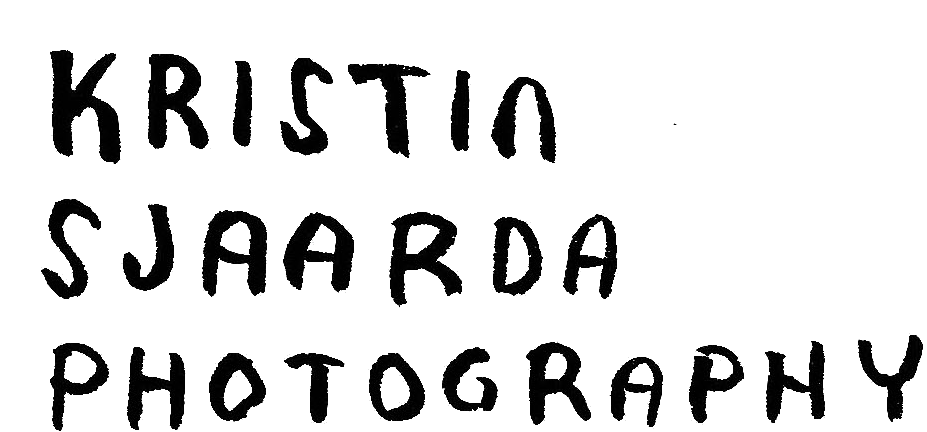This past week I returned the eggs that I borrow from the ROM every year. In the collection, behind the scenes at the museum, there is a cupboard that holds hollow eggs that have been donated to the Royal Ontario Museum. Mark Peck, the museum ornithologist, keeps them separate from the rest of the collection because these eggs come in without the pertinent information about where, when and how they were collected. These eggs hold no scientific information for research so they are stored for artistic and educational purposes. Mark will take a carton of these eggs to show kids at a school or visitors to the museum.
I use these eggs in my compositions alongside the flowers that bloom in my garden when birds are building nests and laying eggs. In this way I create a still life environment that mirrors our own climate and location of Southern Ontario.
The birds in these photos are also loaned to me by the ROM. These are birds that have been found by volunteers in downtown Toronto and for the most part, have died in collisions with the tall, glass office bulidings. The ROM stores these birds for research as well as artistic projects. Scientists who want to collect data about migrating birds can use these dead specimens instead of capturing live ones.
Tulips, Dogwood and Robins Eggs (eggs borrowed from the Royal Ontario Museum)
Eggs in the collection at the ROM
Mark Peck at the ROM shows my kids some of the birds in the collection.
Mark Peck and a hummingbird from the collection at the ROM
The eggs that were lent to me. The names on the carton don’t match the eggs.






